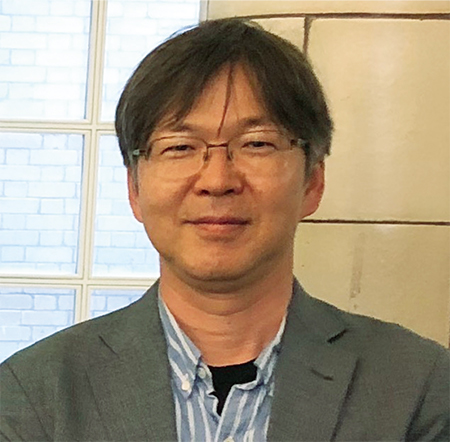Now we are getting ready for a new project. Please check back with us periodically for updates.
"Please say a few words."

Project Leader
Takane Hori
Director, Research and Development Center for Earthquake and Tsunami Forecasting (FEAT),
Research Institute for Marine Geodynamics (IMG), JAMSTEC
One year has passed since the shared use of the supercomputer Fugaku started in March, 2021, marking the final year of this project. In the last fiscal year, through the research led by Earthquake Research Institute, The University of Tokyo, the collaborating institution, a full coupled analysis of fault rupture process, seismic wave propagation, nonlinear soil amplification, and shaking of underground structures and buildings was realized on the full system of Fugaku. This was made possible by the development of a hybrid technique of physics simulation and data learning suitable for massively parallel computation, which achieved an analysis efficiency about 1,000 times higher than that of the analysis performed on the K computer, and led to the Best Paper Award at HPC Asia 2022 (Ichimura, Fujita et al., 2022). In this final phase, we will work on crustal deformation calculations, which are indispensable for earthquake forecasting and scenario evaluation for ultra-large-scale computations, and realize the implementation of Fugaku by the government and companies of construction and civil engineering.